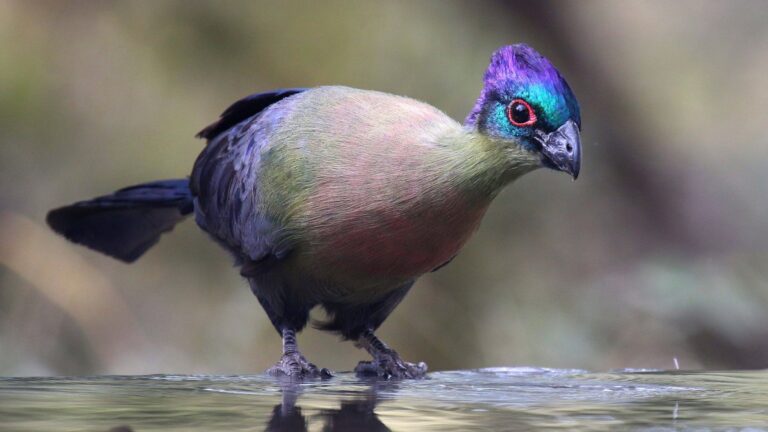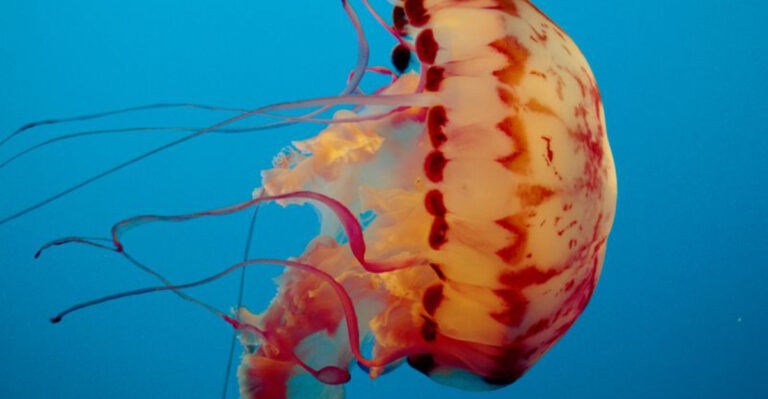14 Most Venomous And Dangerous Snakes In The U.S.
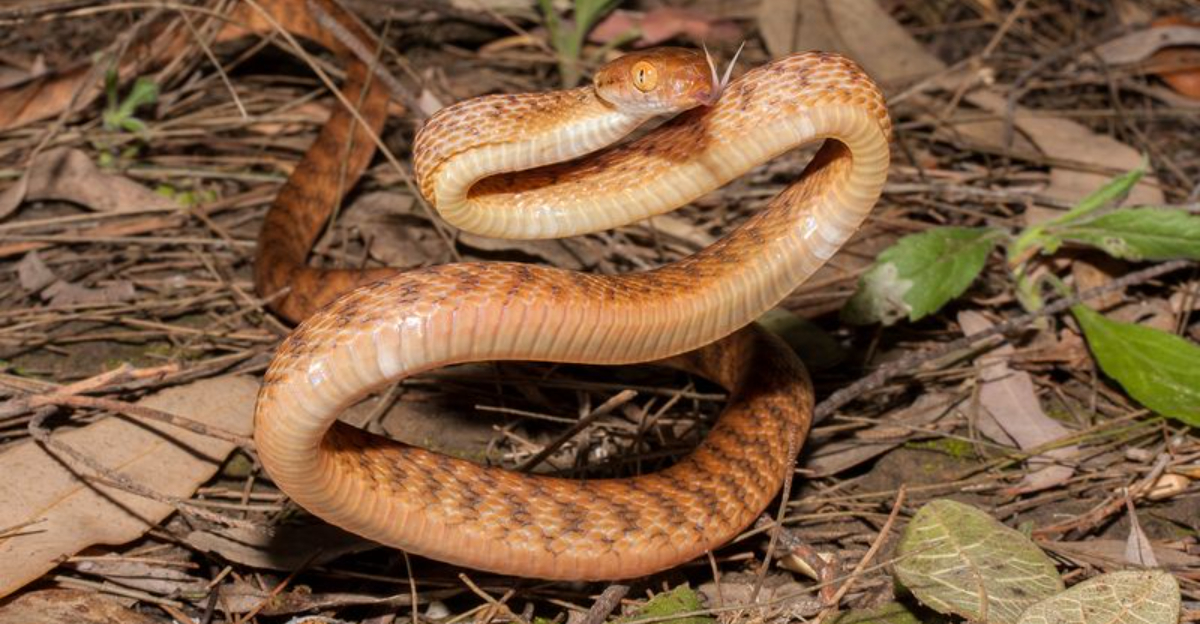
Snake encounters can turn deadly fast when venomous species are involved.
Across America, various dangerous serpents slither through deserts, forests, and even waterways, each equipped with potent venom that can cause severe injury or death.
Understanding which snakes pose the greatest threat might just save your life during outdoor adventures.
1. Eastern Diamondback Rattlesnake
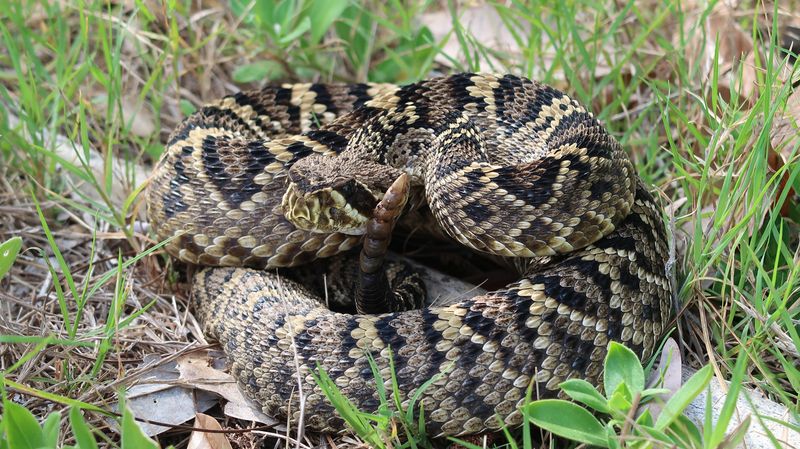
America’s largest venomous serpent packs a devastating punch. Growing up to 8 feet long, this reptile’s hemotoxic venom destroys tissue and blood cells, causing extreme pain and potential organ failure.
Despite their size, these snakes prefer avoiding humans. Their distinctive warning rattle gives hikers a chance to retreat before strike range is reached.
2. Western Diamondback Rattlesnake
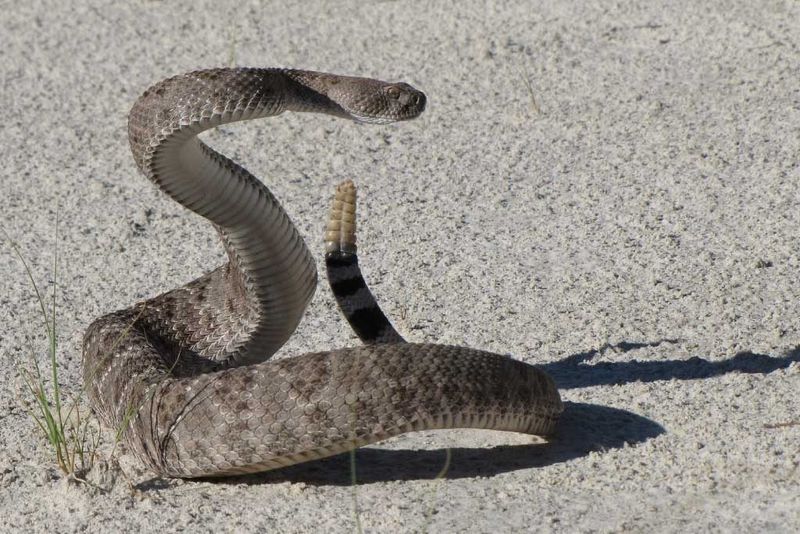
Sunset-colored deserts across the Southwest harbor this iconic rattler. Their diamond-patterned bodies blend perfectly with rocky terrain, making them nearly invisible until their warning buzz sounds.
Responsible for more snakebites than any other U.S. species, their venom triggers immediate swelling, tissue damage, and internal bleeding. Quick medical treatment is essential for survival.
3. Copperhead
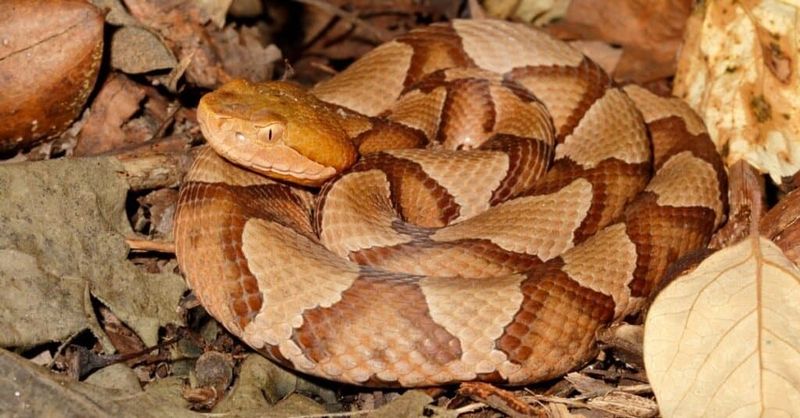
Masters of camouflage, copperheads vanish against autumn leaves with their copper-kissed, hourglass-patterned bodies. Unlike other venomous snakes, they deliver warning bites without injecting venom 25% of the time.
Found from New England to Texas, these ambush predators rarely retreat when threatened. Their venom causes intense pain and tissue damage but seldom proves fatal.
4. Cottonmouth (Water Moccasin)
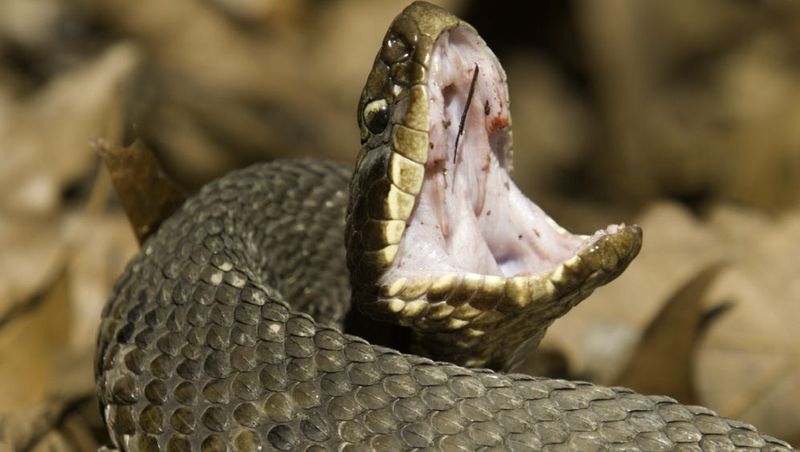
Swamps and waterways throughout the Southeast harbor these aggressive swimmers. When threatened, cottonmouths display their namesake—a startling cotton-white mouth gaping wide in warning.
Unlike timid water snakes, they stand their ground when confronted. Their cytotoxic venom destroys tissue, causing excruciating pain, severe swelling, and potential limb loss without treatment.
5. Timber Rattlesnake
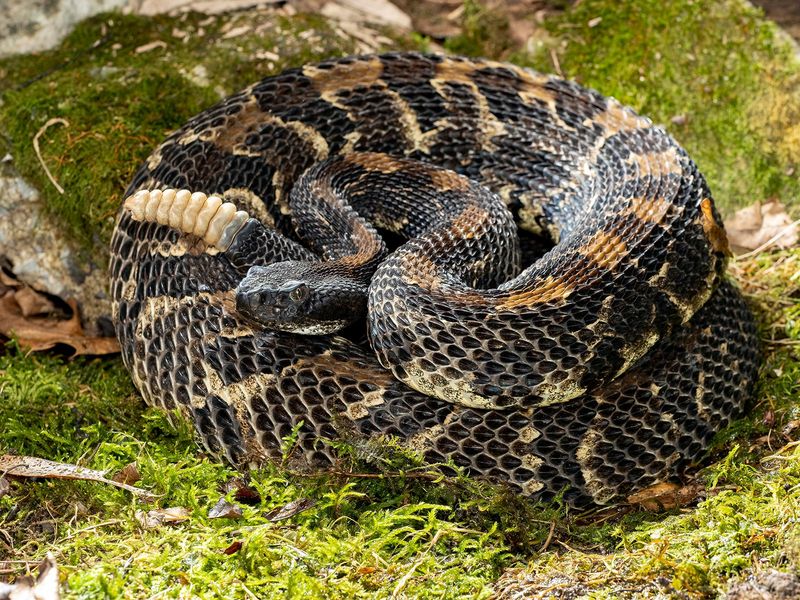
Revolutionary soldiers adopted this snake’s image as a symbol of American defiance. With venom twice as potent as most rattlers, timber rattlesnakes deliver strikes that cause immediate burning pain and rapid swelling.
Forest dwellers across eastern states, these reptiles prefer avoiding confrontation. Their distinctive rattle serves as nature’s warning system, giving hikers precious seconds to retreat.
6. Mojave Rattlesnake
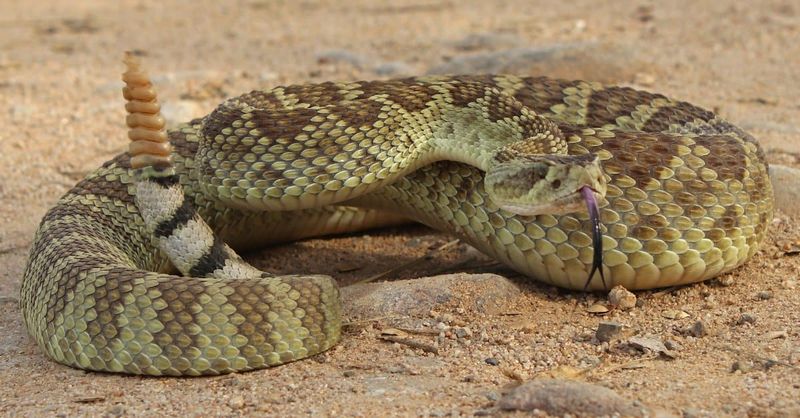
Desert hikers fear this unassuming killer more than any other serpent. Unlike other rattlesnakes, Mojave venom contains potent neurotoxins that attack the nervous system, potentially causing respiratory failure.
Victims may initially feel fine after a bite—a dangerous deception. Without immediate medical care, symptoms escalate rapidly from tingling sensations to paralysis and potentially death within hours.
7. Black Mamba
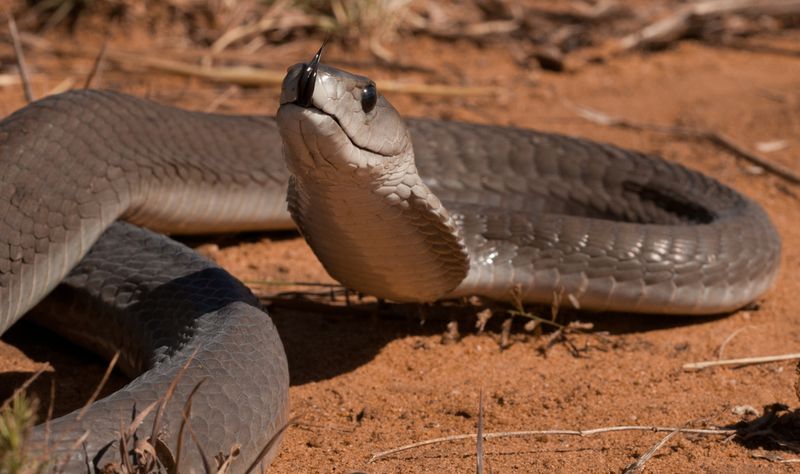
Though not native, escaped or released black mambas have been spotted in Florida and Hawaii. Lightning-fast and frighteningly aggressive, these snakes can travel up to 12 mph—faster than humans can run. Their neurotoxic venom works with terrifying efficiency.
Without antivenom, victims may experience respiratory paralysis within 20 minutes, making these rare escapees among America’s most dangerous reptilian threats.
8. Coral Snake
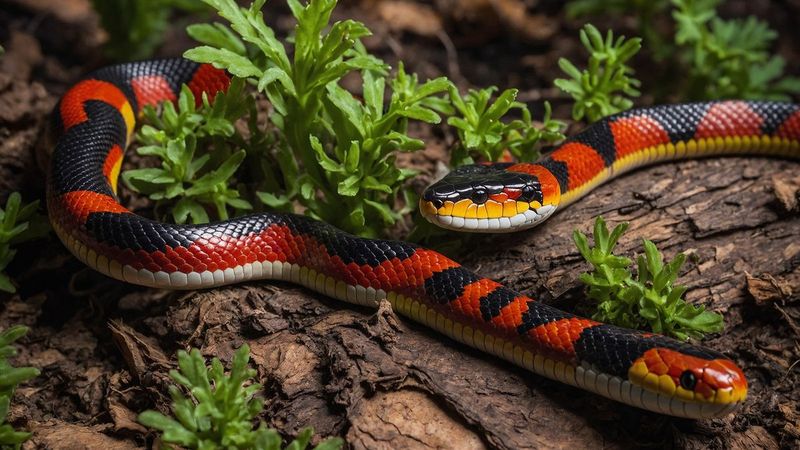
Vibrant bands of red, yellow, and black make these shy serpents nature’s warning signs. Remember the rhyme: “Red touch yellow, kill a fellow” to distinguish them from harmless mimics.
Despite their small size and reluctance to bite, coral snakes pack neurotoxic venom more potent than a cobra’s. Their tiny fangs deliver less venom, but bites can cause slurred speech, double vision, and respiratory failure.
9. Bushmaster
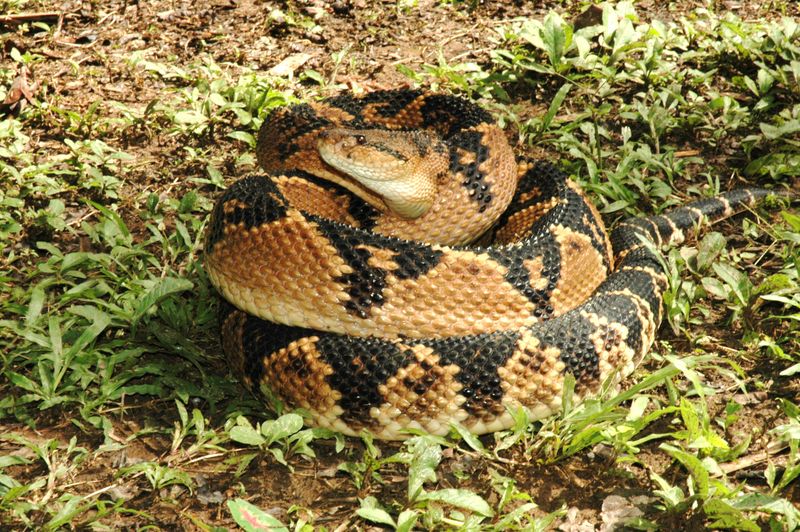
The Bushmaster, with its formidable presence, strikes fear and awe in equal measure. Known as the longest venomous snake in the Americas, it prefers the secluded embrace of tropical forests. Its venom, though rarely encountered by humans, is a potent threat to its prey.
This snake’s cryptic coloration makes it nearly invisible in its natural habitat, a master of camouflage. When threatened, it will deliver a warning with its distinctive body vibrations, a strategy to ward off potential threats.
Did you know? The Bushmaster’s scientific name, Lachesis muta, is derived from the Greek Fate Lachesis, who determined the length of the thread of life.
10. Pygmy Rattlesnake
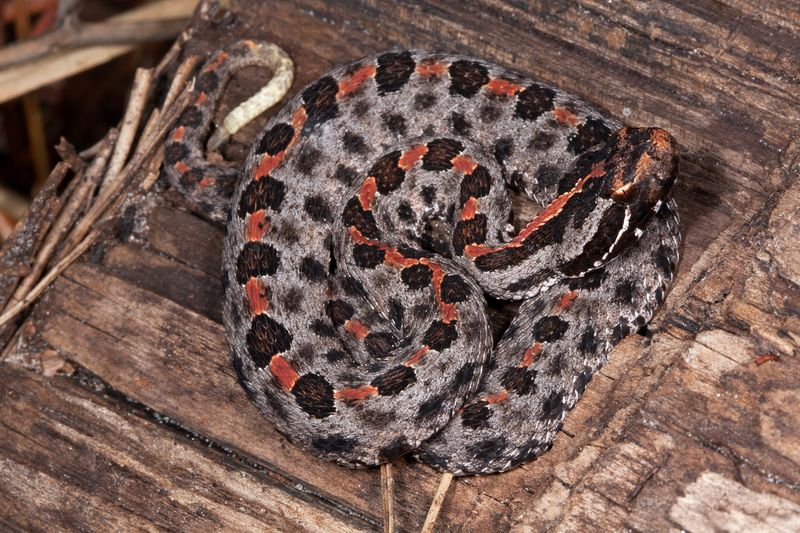
Barely reaching two feet long, these miniature menaces pack venom as potent as their larger cousins. Southeastern pine forests and swamplands harbor these diminutive rattlers, whose tiny rattles produce barely audible buzzing.
Their small size leads many to underestimate the danger. While rarely fatal to adults, their cytotoxic venom causes immediate pain, progressive swelling, and potential tissue death requiring extensive medical treatment.
11. King Cobra

Escapes from exotic collections have led to occasional King Cobra sightings in Florida’s wilderness. Reaching 18 feet long, these giants can rear up to eye level with humans before striking.
A single bite delivers enough neurotoxin to kill 20 people. Their venom attacks the central nervous system directly, causing respiratory failure within hours. Thankfully, established breeding populations haven’t been confirmed in American wilds.
12. Black Racer
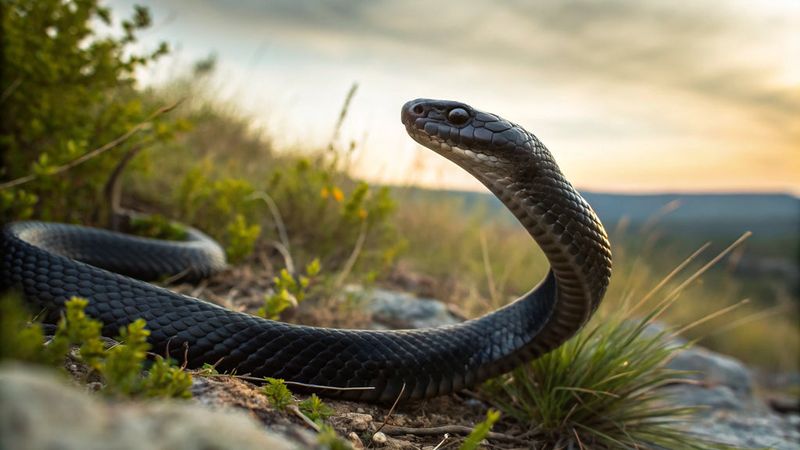
Lightning-quick and surprisingly bold, these non-venomous snakes still deserve caution. When cornered, black racers strike repeatedly at faces and eyes, potentially causing serious injury with their sharp teeth.
Found throughout eastern states, these glossy black serpents chase down prey at speeds up to 4 mph. Their aggressive defensive behavior often triggers panic-induced accidents as hikers flee, making them indirectly dangerous.
13. Brown Tree Snake
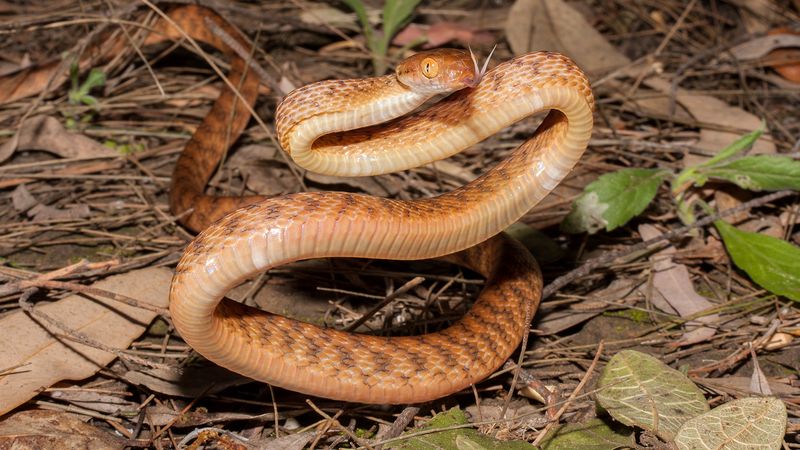
Guam’s nightmare has reached Hawaii and threatens mainland America. These invasive climbers possess mild venom delivered through rear fangs, causing localized pain and swelling in humans.
Their true danger lies in ecological devastation—they’ve eliminated 10 of 12 native bird species on Guam. Excellent climbers, they cause frequent power outages by shorting electrical lines and occasionally bite sleeping humans, particularly children.
14. Sidewinder Rattlesnake
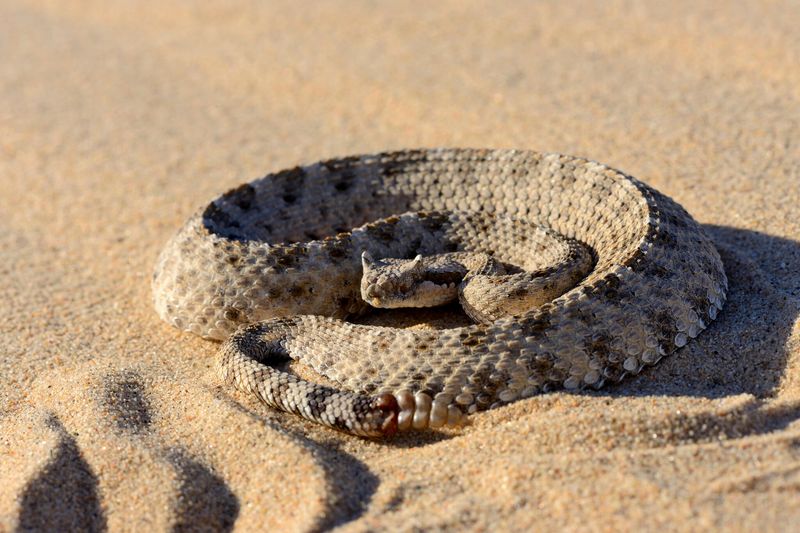
Famous for their peculiar sideways locomotion across hot desert sands, these specialized rattlers leave distinctive J-shaped tracks. Their horned scales above each eye provide shade and camouflage in harsh environments.
Primarily nocturnal, sidewinders ambush prey by burying everything except their eyes and horns. Their hemotoxic venom causes significant tissue damage and internal bleeding, though their small size limits venom quantity compared to larger rattlesnakes.

